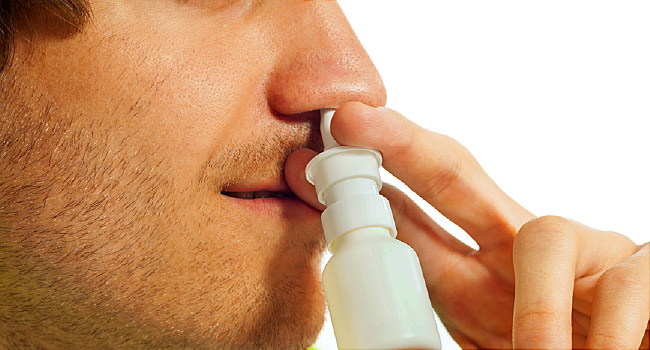In the different season’s spring, summer, and fall during the year, dust grains are scattered from trees, weeds, and grasses. These dust grains go on air flows to treat different plants. Breathing in dust, in certain individuals, can trigger occasional unfavorably susceptible rhinitis which is additionally called dust hypersensitivity or feed fever. In this condition the mucous layers in the nasal sections kindle, which causes expanding, sniffling, tingling, disturbance and a runny nose.
Sensitivity seasons are:
O May – July/August – Grass dust:
O Feb – June – Tree dust contingent upon whether sensitive to ahead of schedule or late blossoming trees
O August – September – Nettle/weed dust
Feed fever indications can proceed with all the all year and may likewise happen from indoor allergens like house dust parasites, pets and conceivably indoor molds.
Feed fever is really an endeavor by the body to free itself of hay fever hong kong however the insusceptible framework blows up and discharges synthetic compounds which cause aggravation, causing:
O Itchy, watery, red eyes
O Frequent wheezing
O Constantly trickling nose
Victims, when tormented with this condition, need to battle to inhale through their nose. Manifestations are frequently very terrible in youngsters and tails off in later years as the body ads. Studies have shown that feed fever can seriously influence the personal satisfaction, upset rest designs, disable daytime focus and work execution.

What is dust hypersensitivity?
Dust once delivered from trees, weeds and grasses, ride on air flows with a mission to scatter and prepare different plants. Notwithstanding, they once in a while arrive at their objectives. In transit they get into human noses and throats, setting off unfavorably susceptible responses.
Dust is quite possibly the most inescapable things that can cause hypersensitivity and cannot be dodged. Numerous sensitivity causing food sources, medications, or creatures can be generally evaded yet bugs and family unit dust are inevitable. Be that as it may, shy of sleep apnea test inside, there is no idiot proof technique for avoiding windborne dust. In any case, ways have been set up that help facilitate the side effects of feed fever. Also, researchers are attempting to discover better ways to deal with hypersensitivity treatment.
Exploration has given a superior comprehension of the reasons for sensitivity; improve the techniques for diagnosing and treating unfavorably susceptible responses and along these lines in the long run forestalling them. The basic signs and manifestations of dust hypersensitivity are:
O Sneezing, the most widely recognized, might be joined by a runny or obstructed nose
O Itching eyes, nose, and throat
O Allergic shiners dark circles under the eyes brought about by confined blood stream close to the sinuses
O The unfavorably susceptible salute in a kid, constant upward scouring of the nose that causes a wrinkle blemish on the button
O Watering eyes
O Conjunctivitis is irritation of the layer that lines the eyelids, causing red-rimmed eyes
